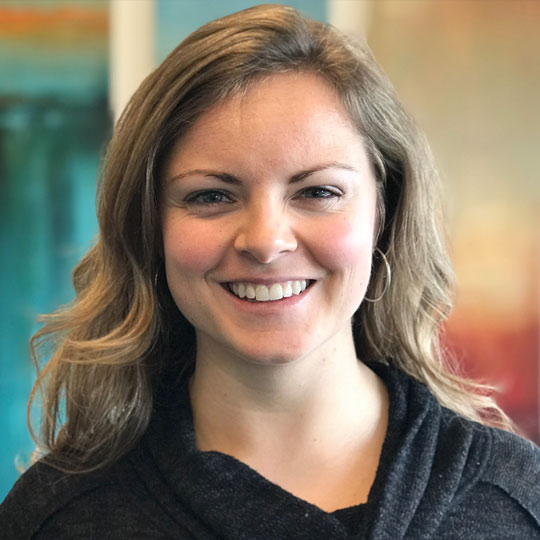St. Luke’s car seat techs keep the community’s youngest residents safe

For years, St. Luke’s car seat technicians have worked to improve the safety of patients and members of the community through events, programs and education.
Car seat safety isn’t just about the quality of the seats themselves, though techs were recently lauded for discovering two knock-off units during routine visits. The techs also look at proper adjustment, installation and use.
“Parents think they’re doing all the right things and can be making big mistakes,” St. Luke’s car seat technician Brittany Joplin said. “Just because your sister has kids, or you’ve had kids before doesn’t mean you know how to properly use a car seat.”
Technicians make the rounds at St. Luke’s delivery rooms several times per week, checking the car seats new parents intend to use. Before discharge techs ensure that families have safe seats, even checking those used by older siblings.
It was during such visits that the fake car seats were discovered.
Signs of a legitimate seat are an attached safety tag, an owner’s manual and safety stickers. Many are made of plastic, but it should be sturdy and not easily bendable, unlike the plastic seats found by the car seat technicians.
Joplin suggests that buyers be mindful when buying online; use trusted retailers and check reviews to safeguard against buying a phony.

“Parents get it in their heads that they have to spend $200 on an infant seat,” Joplin said. “The best seat is one that can be used correctly 100 percent of the time. It’s a seat that can be installed by the parent or caregiver and is easy to use.”
Safe Seats for ALL Kids
St. Luke’s has options for those who can’t afford a safe car seat.
Right Seat 4 Kids 4 Care, a program that operates through a grant program with Kohl’s, provides seats for infants and kids up to the time they're ready for booster seats.
“With the fake car seat that we found, the family didn’t have access to another seat and didn’t have a way to purchase another seat,” Joplin said. “We gave them one of our program seats in exchange for a donation.”
The same seat can be purchased for less than $100. It can be used for infants as a rear-facing seat until a child is forward-facing, around 4 years old.
“We provide the convertible car seats because they’re longer lasting,” Joplin said. “A seat like that can last a child to age 4 or 5, depending on their size, so they can get a lot more use.”
St. Luke’s also has the only program in the state that fits and provides car seats for children with special needs. The Children’s Hospital takes referrals from throughout the state and region, loaning out seats to families with kids who cannot comfortably use a traditional car seat.
“Special needs seats are expensive.” Treasure Valley program coordinator Josie Bryan said. “Families can use ours until they get a custom one fitted or outgrow them.”
Because proper fit is so important to safety, St. Luke’s works to make sure families have a seat that’s comfortable and fits their child.

Common Mistakes
- Sleeping in car seats – Parents are advised against letting babies sleep in car seats because of the risk of positional asphyxiation.
- Grocery shopping – Placing car seats on top of the shopping cart is dangerous because it can easily fall.
- Dining out – Babies in car seats should not be placed on top of tables, nor should flipped-over high-chairs be used as holder-boosters as there’s the potential of falling.
- Seating toddlers – Use the top tether piece behind the seat that helps limit head excursion.
- Extra comfort – Adding after-market pillows and padding is unnecessary and unsafe. The extra padding limits the baby’s head movement, causing the head to fall forward while the baby is asleep and risking asphyxiation.
- Extra warmth – It’s not possible to adjust car seat straps properly with the extra padding of a jacket or coat, and because the straps are loose, a baby can get ejected from the seat in a crash. Turn up the heat or add a blanket if necessary, but no coats in the car.
St. Luke’s car seat checks are free and available to everyone, not just St. Luke’s patients. If you’re unsure about the integrity of your seat or you want help using it, consult an expert. Find a car seat check in your area by viewing the schedule and registering online.
Public service centers, such as fire and police stations also often have techs on staff. Call ahead before dropping in to find out if a registered tech is available – not all stations employ a car seat tech.
For questions about the program, contact Boise-based Pediatric Education and Prevention Programs Coordinator Josie Bryan at 208-381-1719 or Jennifer Westendorf, Safe Kids Magic Valley program coordinator, at 208-814-2640.
About The Author

Alexis Bennett is a consultant for St. Luke's Community Health and Engagement.
